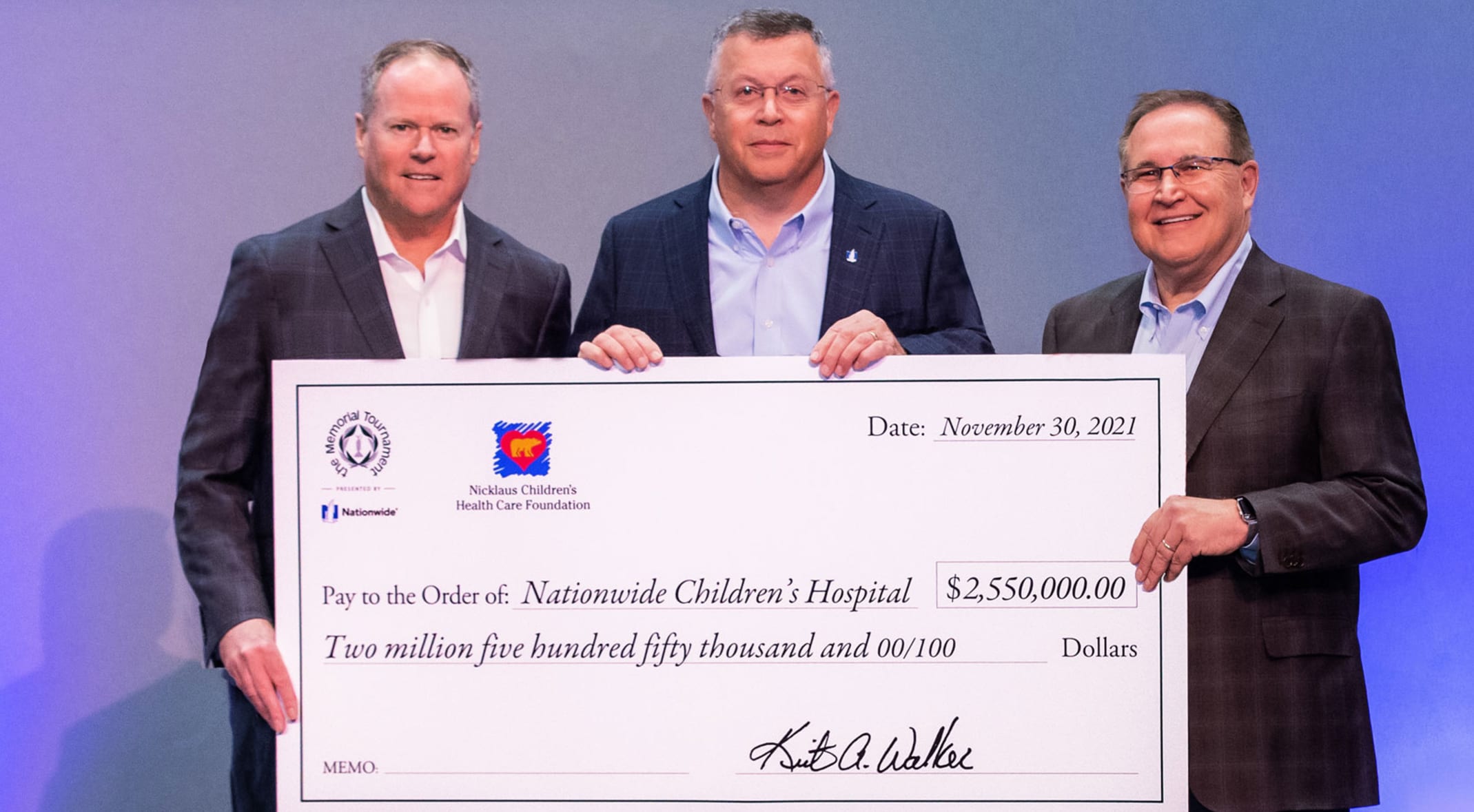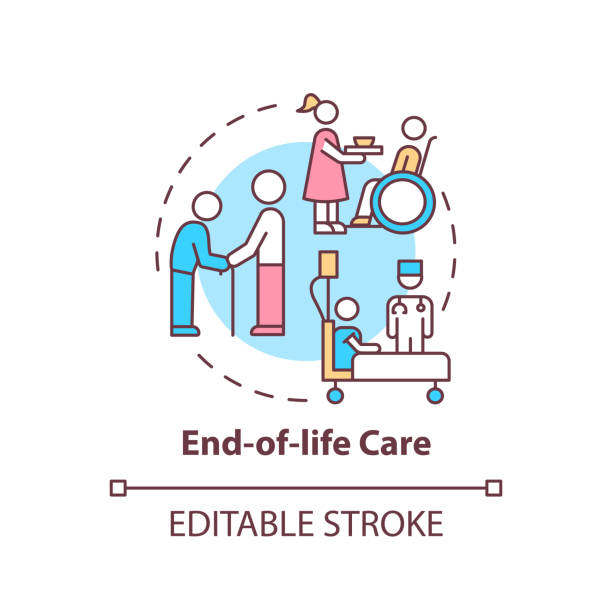
Emotional abuse, which is a form of physical abuse, causes emotional pain and distress to the elderly victim. The symptoms include humiliating and intimidating behavior, hiding tools or assistive devices, anger or social isolation. Two-thirds to three quarters of all abusers are close relatives. They are often acquainted with the victim. Although there is not a universal definition of abuse; these four characteristics are most common among victims. It is possible to identify signs of emotional abuse and find qualified caregivers that can help protect elder abuse victims.
Financial abuse
Elder abuse can be either financially or physically exploited by an individual. Financial abuse of elderly people often happens in trusting relationships. However, when a financial abuser takes advantage of an elderly person, it can be extremely difficult to identify. This article will discuss some ways that financial abuse of elderly people can be prevented. Financial abuse of the elderly can be prevented by being educated.

Abuse of the body
Physical abuse of elderly people is often unintentional. These abusers are often unmarried and unemployed and may suffer from substance abuse issues. The National Center on Physical Abuse of the Elderly recommends that witnesses look for patterns and clusters of indicators of abusive behavior to identify perpetrators. Victims of abuse and their caregivers must consider secondary victimization when investigating the cause.
Emotional abuse
The definition of emotional abuse of the elderly is not the same as physical abuse. Physical abuse is a form of neglect in which a person physically or emotionally hurts another person. Some examples of physical abuse include physical punishment, deprivation of basic needs and hygiene, verbal abuse, and threats. Emotional abuse of the elderly can also be in the form of threats or insults, and can include limiting access to essentials such as food, shelter, and medical care.
Exploitation
Elderly financial exploitation may include coercion or deceit. Elders should not be frightened of the prospect of reporting financial abuse. There may be a history in which financial abusers have stolen money from elderly victims. While these crimes may not result in criminal prosecution, victims should consider the possibility of filing civil lawsuits against perpetrators. This could allow victims to recover lost funds and stolen property.
Social isolation
There are many things you can do to lessen loneliness and social isolation. Participating in social activities will help you avoid loneliness and isolation. This will allow you to live a happier and healthier life. Regular exercise and social interaction are essential. It is possible for elderly people to not be exercising enough if they are living alone. A person's likelihood of getting a serious illness can be increased by being lonely. Chronic loneliness can affect a person's ability to trust others and feel threatened.

Sexual abuse
Elder sexual abuse can manifest in a variety of ways. Pelvic injuries, bruising around breasts and genitals, trouble walking and bloody underwear are all possible signs of elder sexual abuse. Some older people who have been sexually abused may show signs of agitation, withdraw from social activities, or even attempt to commit suicide. The abuser may display a hostile attitude toward the victim as a behavioral sign. A senior subject's fear that they will be sent to a nursing center is one example of a behavioral sign.
FAQ
What are the main types of health insurance?
There are three types of insurance that cover health:
-
Private health insurance covers many of the costs associated to your medical care. This type insurance is often purchased directly by private companies. Therefore, you will pay monthly premiums.
-
The majority of the costs of medical care are covered by public health insurance, but there are limitations and restrictions to coverage. For example, public insurance will only cover routine visits to doctors, hospitals, labs, X-ray facilities, dental offices, prescription drugs, and certain preventive procedures.
-
The medical savings account (MSA) is used to help you save for future medical expenses. The funds are saved in a separate account. Many employers offer MSA programmes. These accounts are tax-free, and they accumulate interest at rates similar to bank savings accounts.
What are the main goals of a system for healthcare?
A healthcare system must have three main goals: to provide affordable care, improve patient outcomes, and reduce costs.
These goals were combined into a framework named Triple Aim. It is based off research by Institute of Healthcare Improvement. IHI published this in 2008.
This framework aims to ensure that we all focus on the same goals and can achieve each goal while not compromising other goals.
Because they don't compete with one another, this is why. They support each others.
As an example, if access to care is improved, fewer people die from inability to pay. This reduces the cost of care.
It is also important to improve the quality and cost of care. It also improves outcomes.
What role can I play in public healthcare?
Participating in preventive efforts can help to protect your own health and that of others. By reporting illness and injury to health professionals, you can improve public health.
What are the different types of healthcare systems available?
Patients have limited control over the treatment they receive in this system. They visit hospital A if they are in need of an operation. But otherwise, it is best to not bother as there is little else.
The second system, which is fee-for-service, allows doctors to earn money based upon how many operations and tests they perform. You'll pay twice the amount if you don't pay enough.
The third system uses a capitation system that pays doctors according not to how many procedures they do but what they spend. This allows doctors to choose lower-cost treatments such as speaking therapies over surgical procedures.
Statistics
- About 14 percent of Americans have chronic kidney disease. (rasmussen.edu)
- Over the first twenty-five years of this transformation, government contributions to healthcare expenditures have dropped from 36% to 15%, with the burden of managing this decrease falling largely on patients. (en.wikipedia.org)
- Healthcare Occupations PRINTER-FRIENDLY Employment in healthcare occupations is projected to grow 16 percent from 2020 to 2030, much faster than the average for all occupations, adding about 2.6 million new jobs. (bls.gov)
- For the most part, that's true—over 80 percent of patients are over the age of 65. (rasmussen.edu)
- Foreign investment in hospitals—up to 70% ownership- has been encouraged as an incentive for privatization. (en.wikipedia.org)
External Links
How To
What are the four Health Systems?
Healthcare is a complex network that includes hospitals, clinics and pharmaceutical companies as well as insurance providers, government agencies, public officials and other organizations.
The ultimate goal of the project was to create an infographic that would help people to better understand the US health system.
Here are some key points:
-
The annual healthcare expenditure is $2 trillion. This represents 17% the GDP. That's almost twice the size of the entire defense budget!
-
Medical inflation was 6.6% in 2015, higher than any other category of consumer.
-
Americans spend 9% on average for their health expenses.
-
In 2014, over 300 million Americans were uninsured.
-
Although the Affordable Care act (ACA) was signed into law, its implementation is still not complete. There are still significant gaps in coverage.
-
The majority of Americans think that the ACA needs to be improved.
-
The US spends more money on healthcare than any other country in the world.
-
If every American had access to affordable healthcare, the total cost would decrease by $2.8 trillion annually.
-
Medicare, Medicaid, private insurers and other insurance policies cover 56%.
-
The top 3 reasons why people don't get insured include not being able to afford it ($25 billion), not having enough time to look for insurance ($16.4 billion), and not knowing about it ($14.7 billion).
-
HMO (health care maintenance organization) is one type of plan. PPO (preferred provider organizational) is another.
-
Private insurance covers many services, including doctors and dentists, prescriptions, and physical therapy.
-
The public programs include hospitalization, outpatient surgery and nursing homes. They also cover long-term care and hospice care.
-
Medicare is a federal program that provides health coverage to senior citizens. It pays for hospital stays, skilled nursing facility stays, and home health visits.
-
Medicaid is a program of the federal and state governments that offers financial assistance to low-income people and families who earn too much to be eligible for other benefits.